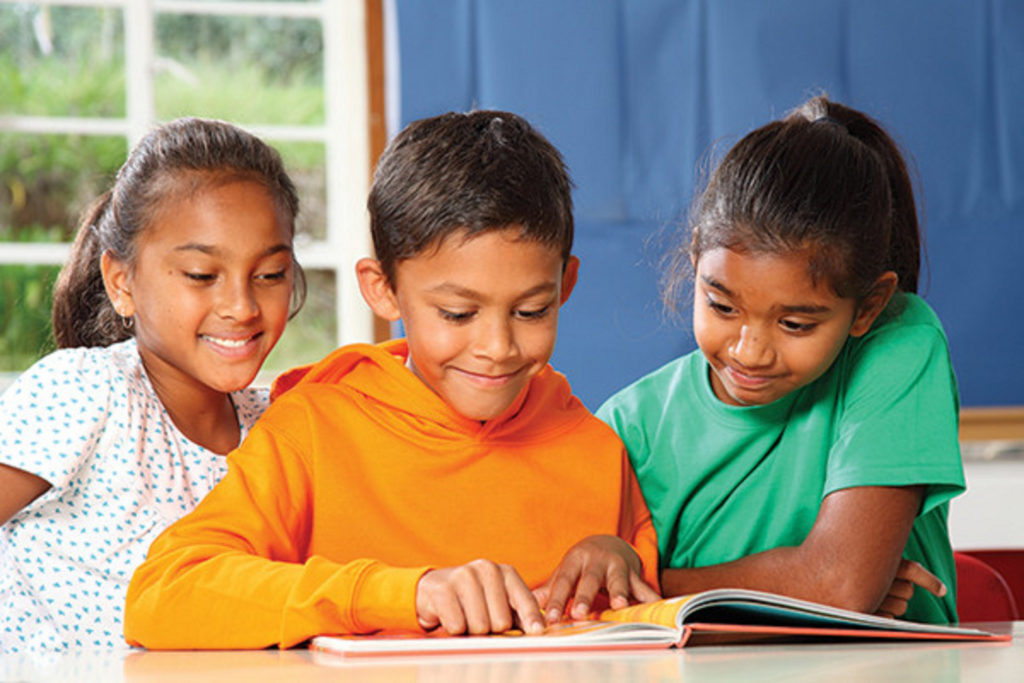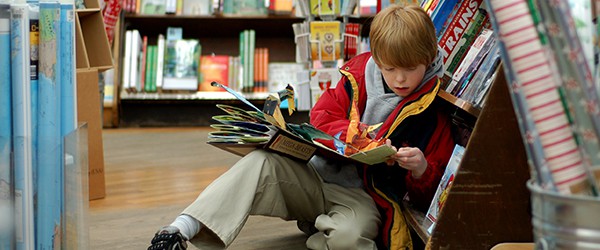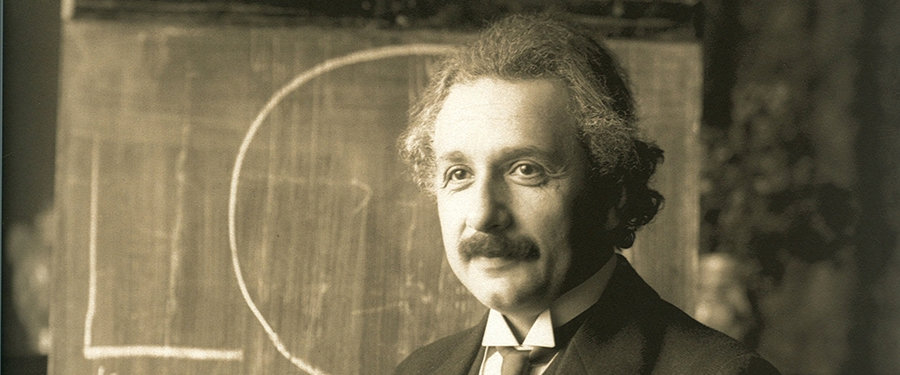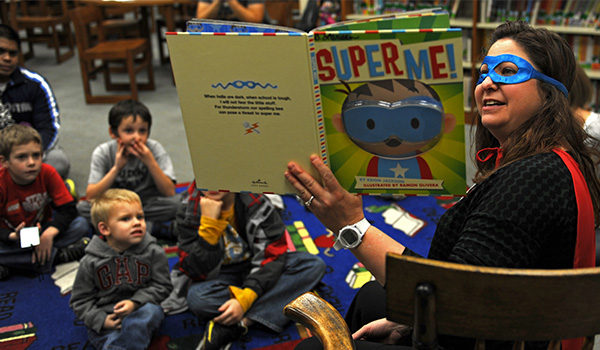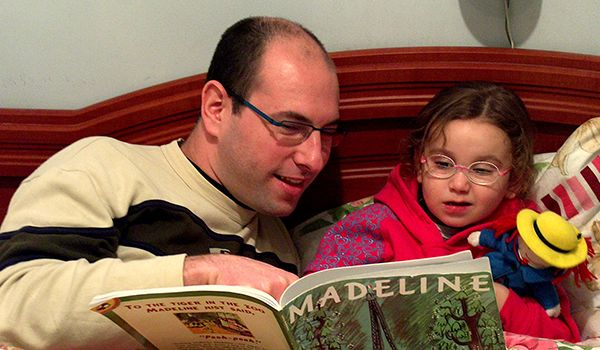12 Simple Tips for Helping Your Child Become a Better Reader
Check out these 12 simple tips from Dr. Andrew Johnson to help your child become a better reader! Read to your child Expose your child to words Use pretend reading Expose to rhymes, rhyming books, nursery rhymes, poetry, music Reread the same book Read bedtime stories Have books laying around Make regular trips to the […]
12 Simple Tips for Helping Your Child Become a Better Reader Read More »

